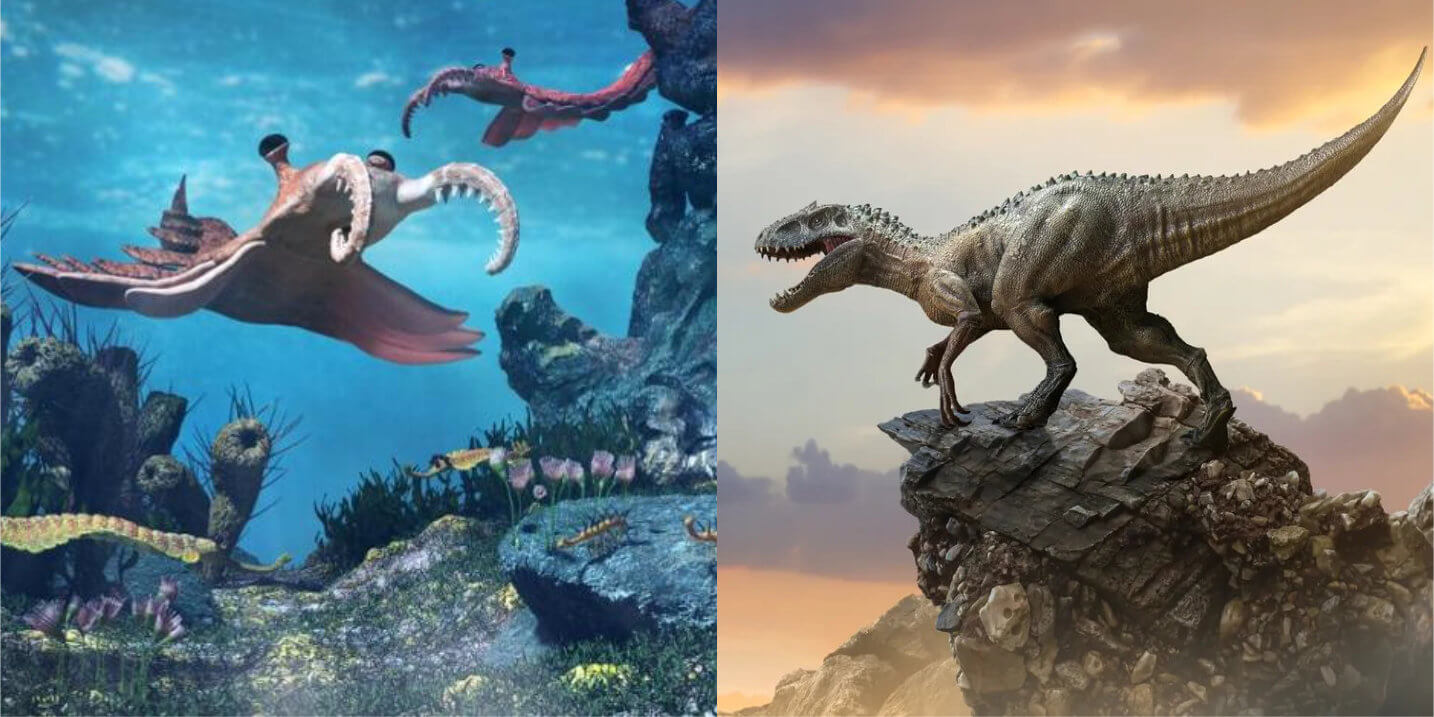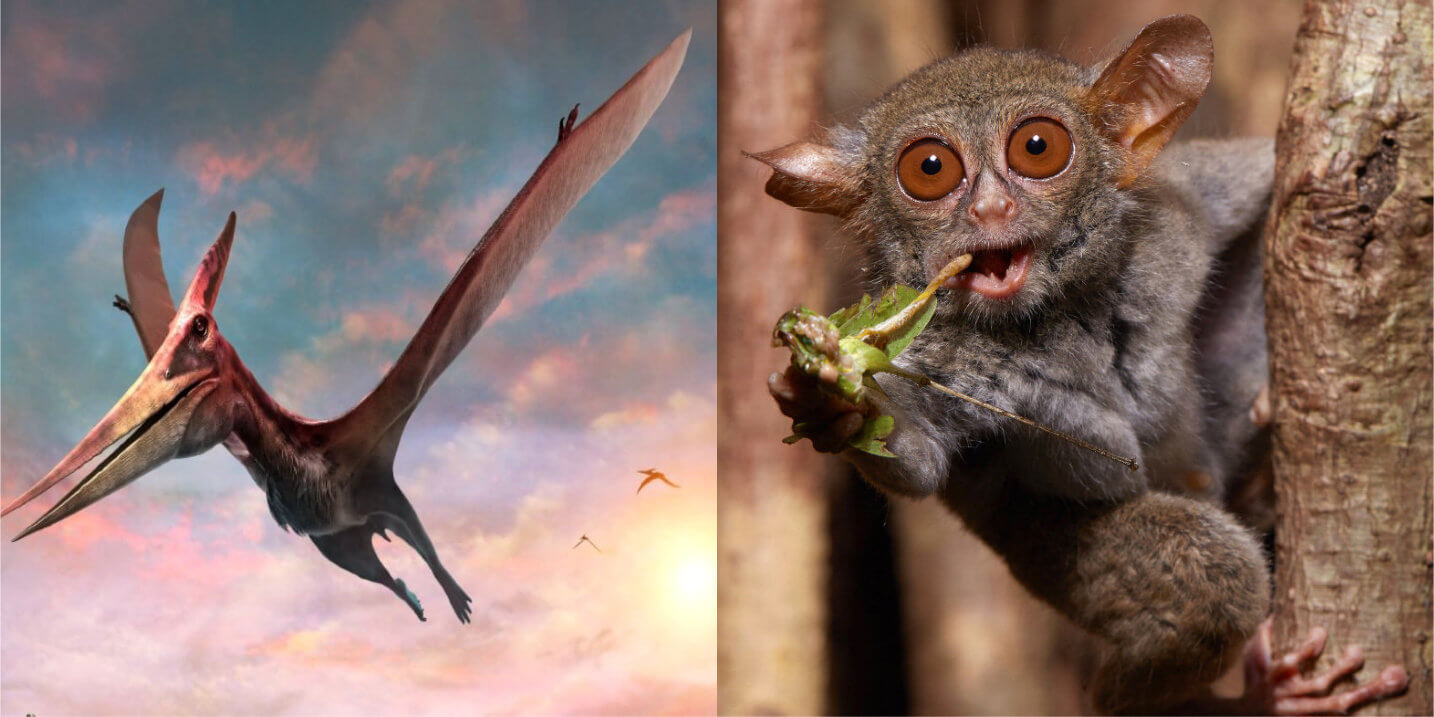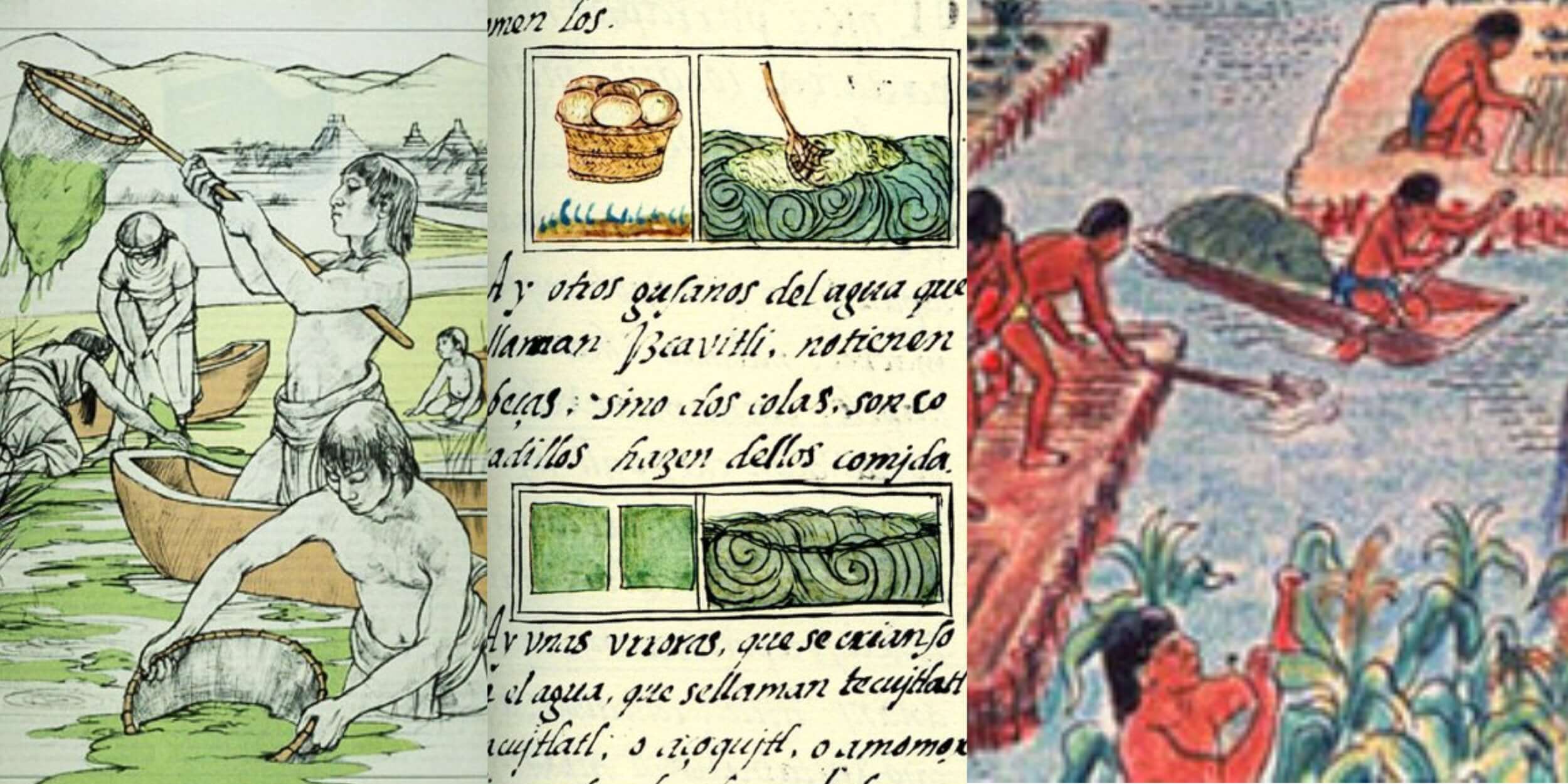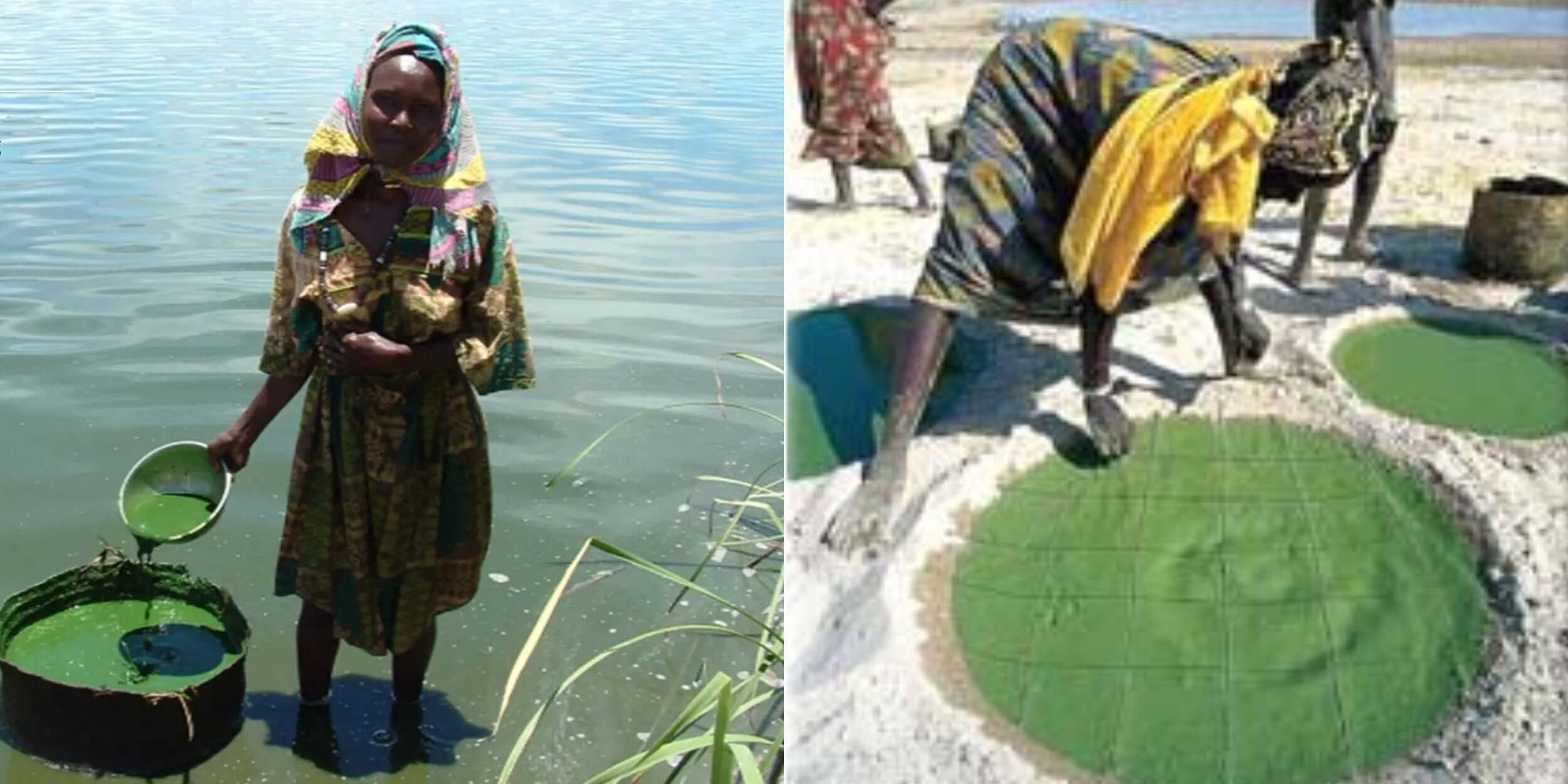SPIRULINA IN HISTORY
Spirulina micro-algae is one of the oldest life forms on earth, with a fascinating history dating back 3.5 billion years when it thrived in earth's alkaline oceans and played a major role in creating earth's oxygen atmosphere and enabling life on earth.
EARTH'S OXYGENATMOSPHERE
4 Billion years ago, before humans, dinosaurs, plants, or even bacteria, earth’s air had no oxygen. If we could time travel to that period, we would need space suits to breathe, and to protect us from killer solar radiation.
When spirulina and other simple organisms appeared in the oceans more than 3.5 billion years ago, the atmosphere was mostly nitrogen, hydrogen, water vapor, and carbon dioxide.
The first oxygen produced by these early life forms through photosynthesis was absorbed by geologic iron, but soon excess oxygen started to leak into the atmosphere.
Over the course of a billion years spirulina and other microorganisms released enough oxygen for our sky to become blue, building a new atmosphere that protected earth from solar radiation and allowing life as we know it to evolve.
Oxygen levels continued to increase and around 500 million years ago reached current levels breathable by mammals and eventually humans.


UNIVERSAL NUTRITION
Spirulina sits at the bottom of the food chain, creating a wide spectrum of living nutrients by absorbing minerals from the alkaline water it lives in and converting them using photosynthesis. It also absorbs CO2 and releases oxygen.
For billions of years microalgae (also called cyanobacteria) comprised the majority of life on earth, providing food for new life forms as they developed, including early animals, fish, dinosaurs, birds, mammals, and eventually humans.
Tiny spirulina were eaten by sea creatures, then small fish, then larger fish, then birds and animals and so on up the food chain.
It is not surprising that the amazing combination of nutrients in spirulina - the most complete and nutrient dense food on earth - is exactly matched to the nutritional requirements of almost every creature on earth.
Thousands of studies show that adding spirulina to the diets of fish, shellfish, rabbits, cattle, and humans significantly improves their health and nutrition and provides a balanced diet that promotes health.
5000 YEARS MEDICINE
Three ancient schools of medicine — Chinese, Ayurvedic, and Unani — have used Spirulina to treat illness for more than 5,000 years.
It is still prescribed in a wide range of treatments by recognized medical disciplines in areas of Asia, China, India and Pakistan, South Asia and the middle east.
ANCIENT TRADE
Spirulina grew in earth's ancient alkaline sea, and today still grows naturally in alkaline lakes around the world.
It has been harvested, dried and widely traded for thousands of years — it has a distinguished history in the healing arts in ancient Egypt, Babylon, the Roman empire, Persia and India.


HUMAN HISTORY
Ancient Aztecs harvested Spirulina (tecuitlatl) as a major source of nutrition in mountain cities with little agricultural land. Aztec runners carried messages for hundreds of miles using Spirulina to maintain endurance.
African tribes have harvested and sun-dried Spirulina from alkaline lakes for food and trading for millennia.
Villagers in Chad still collect 'Dihe' in baskets, sun dry it, and sell it in marketplaces and to traders.

